Insects are the most prosperous group of animals in the world. It is estimated that there are about 5.5 million species worldwide, and more than 1 million species have been discovered, accounting for more than half of the described eukaryotes. Insects play a variety of roles in the ecosystem, such as soil scarification and ventilation, pest control, sowing seeds or as a food source for other animals. Today I would like to introduce to you the world's largest insects, including the world's largest insect (Titan beetle), the world's fastest jumping insect (bubble blower), the world's loudest insect (cicada), and the world's smallest insect. (Fairy bee), the fastest flying insect in the world (Australian dragonfly), the shortest living insect in the world (mayfly), the most reproductive insect in the world (bat moth), the longest insect in the world (bamboo moth) insect), the insect with the fastest wings in the world (chironomid), and the most camouflaged insect in the world (orchid mantis). The following are the details, let’s take a look.
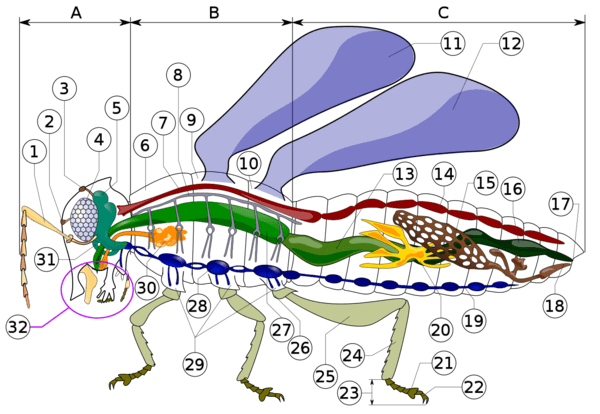
Insect anatomy A- Head B- Thorax C- Abdomen 1. Antennae 2. Single eye (front) 3. Single eye (upper) 4. Compound eye 5. Brain (cranial ganglion) 6. Prothorax 7. Dorsal artery 8. Trachea 9. Mesothoracic 10. Metathorax 11. Forewings 12. Hind wings 13. Middle viscera (stomach) 14. Heart 15. Ovary 16. Posterior viscera (intestine, rectum and anus) 17. Anus 18. Vagina 19. Abdomen Nerve cord 20. Malpighian canal 21. Paw pad 22. Claw 23. Tarsus 24. Tibia 25. Leg segment 26. Turn 27. Anterior viscera (crop) 28. Thoracic ganglion 29. Basal ganglion 30. Salivary gland 31. Hypopharyngeal ganglion 32. Mouthparts
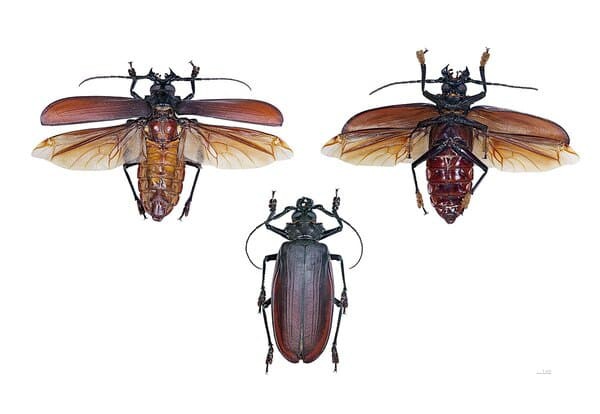
1. The largest insect in the world (Titan beetle)
Titan beetles, considered one of the largest insects in the world, are currently mainly distributed in the tropical rainforests of Colombia, Peru, Guyana, Ecuador and north-central Brazil. In these locations, male titan beetles can be easily attracted using mercury lamps. Adult titan beetles can range from 12 to 17 centimeters in length! If the length of its antennae is included, it can even reach 18 to 23 centimeters! The titan beetle's jaws are said to be powerful enough to bite through a pencil and even cut into human skin.
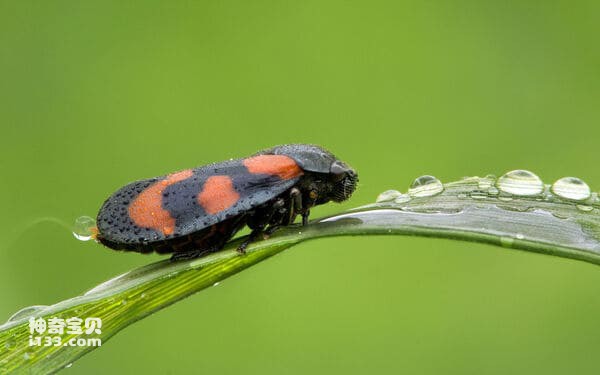
2. The highest jumping insect in the world (bubble bug)
The bubble blower is one of the strongest jumping insects. It feeds on plants, and female blow bugs often choose to lay their eggs on plant stems and protect their offspring with a foamy substance they secrete. This insect rarely flies, moving primarily by jumping from plant to plant.
Traditionally, scientists believe that fleas are the insects with the strongest jumping ability. They can jump with a force of 136 times their own body weight, making them the top players in the high jump world. However, research by Dr. Malcolm Barrows of the University of Cambridge in the UK revealed an astonishing discovery. The jumping power of the bubble bug reached 414 times its own body weight. This extraordinary force allows this tiny insect to leap to a height of approximately 68.6 centimeters.
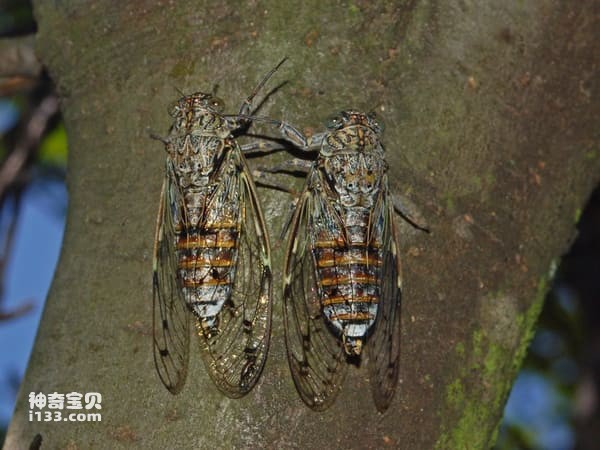
3. The loudest insect in the world (cicada)
Cicadas are insects that live in temperate to tropical regions of the world. They are known for their loud calls and are considered one of the most annoying insects. Cicadas have two pairs of membrane wings that are basically the same shape. The head is wider and shorter, and the base of the frontal lip is obviously prominent. Their eyesight is quite good, with small compound eyes widely spaced on both sides of the head and three simple eyes.
Male cicadas sing to attract females. Their vocal organ is located in the abdominal muscles and resembles a large drum covered by a membrane. When the eardrum is vibrated, sound is produced. Because the cicada's singing muscles can stretch and contract about 10,000 times per second, air vibration is generated between the cover plate and the eardrum, thereby creating a resonance effect and making its chirping sound particularly loud. Cicadas are also capable of singing impassioned songs using a variety of alternate tones.

4. The smallest insect in the world (fairy bee)
The fairy wasp is one of the smallest insects in the world, only 0.2 mm in length. As the world's smallest flying insect, fairy wasps mainly feed on the eggs of other insects. It mainly lives on parasitizing insects of the genus Thrips, absorbs their nutrients to meet its own needs, and lays eggs inside the host to complete its own reproduction.
Many Thrips insects are pests of crops, so fairy wasps are often used as one of the effective strategies for biological control of Thrips pests. By using fairy bees as a biological control method, the damage caused by thrips pests to crops can be effectively controlled and reduced.
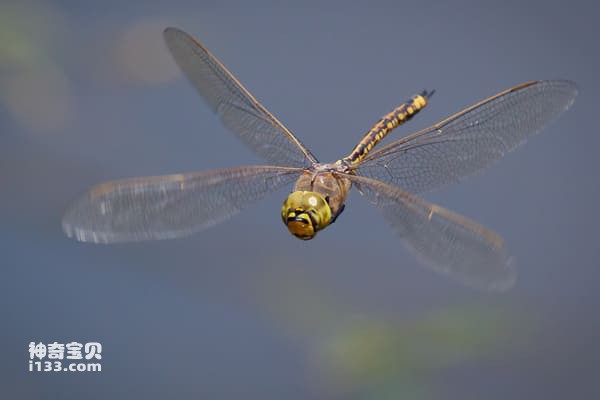
5. The fastest flying insect in the world (Australian dragonfly)
The Australian dragonfly is one of the fastest insects in the world, capable of sprinting up to 58 kilometers per hour over short distances. As the largest of more than 5,000 species of dragonflies, the Australian dragonfly can reach 12 centimeters in length. Their bodies are slender and cylindrical, with transparent and thin wings with clearly visible web-like veins. The Australian dragonfly flies extremely fast, especially when sprinting over short distances. It can reach speeds of 58 kilometers per hour, making it the fastest flying insect.
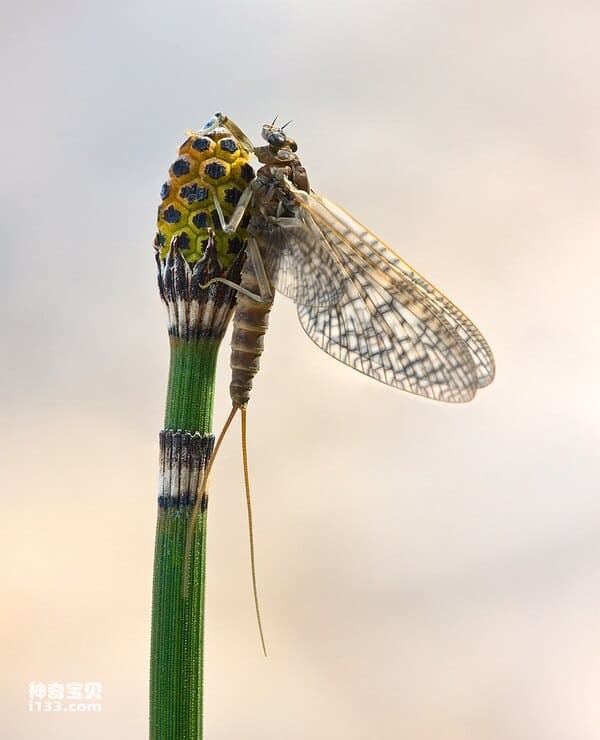
6. The shortest-lived insect in the world (mayfly)
Mayfly adults are the shortest-lived species in the insect world, with only a short lifespan of one day. Ephemera is the common name for these insects, which have unique and ancient characteristics and are among the most primitive winged insects. They are small or medium-sized, with slender and soft body walls, small heads, and short, bristly antennae.
The larval stage of the adult mayfly lives in water, usually in freshwater lakes or streams. After about 24 hours of juvenile stage, they will undergo a molt and become adults. Adult insects do not eat during their extremely short lifespan, and generally only live for a few hours to a few days. Therefore, some people describe them as "living and dying." During the short life of mayfly adults, their main responsibility is to reproduce.

7. The most reproductive insect in the world (bat moth)
Bat moths are the most reproductive in the insect world. A female bat moth can lay more than 29,000 eggs. They belong to the family Batmothidae and the genus Batmoth in taxonomy, and their scientific name is Cordyceps bat moth. More than 20 similar populations have been discovered so far, and there are nearly 300 different species in the world, each distributed in different growth areas, so there are certain variations.
The larvae of the bat moth are key to the growth of Cordyceps sinensis. The larvae of bat moths usually parasitize on Cordyceps sinensis and feed on it. Cordyceps refers to a fungus with a herbaceous appearance that is parasitic to insects. In the life cycle of the bat moth, the larval stage is crucial for the growth of Cordyceps sinensis.
There are many species of bat moths, some of which are the largest, with wingspans exceeding 22.5 cm. In Europe and North America, bat moth species are usually brown or gray with silver spots, while in areas such as Africa, New Zealand and Australia, bat moth species are brightly colored. Bat moths fly very fast, but they have no fixed flight direction and fly randomly.
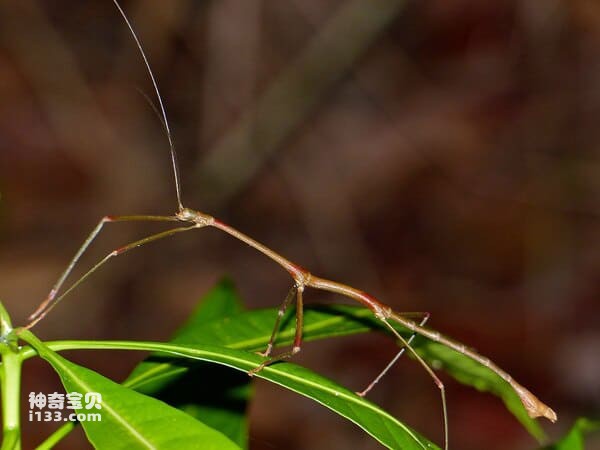
8. The longest insect in the world (stick insect)
Stick insects, referred to as "stick insects", are one of the largest insects in the world, with a maximum body length of up to 62.4 cm. They belong to the winged subclass of the superorder Orthoptera and are known for their slender bodies. Some species have wings and some are wingless. Stick insects are usually medium- or large-sized insects, with body lengths generally ranging from 6 cm to 24 cm.
Stick insects are slow-moving and will lie quietly on branches during the day, but become active at night to feed on leaves. They are primarily active at night, so they usually remain stationary during the day. Because their appearance is very similar to small branches, they are generally not easy to detect by enemies. Stick insects are very clever at camouflage, revealing their true identity only when they move. This camouflage strategy allows stick insects to effectively hide from potential threats.
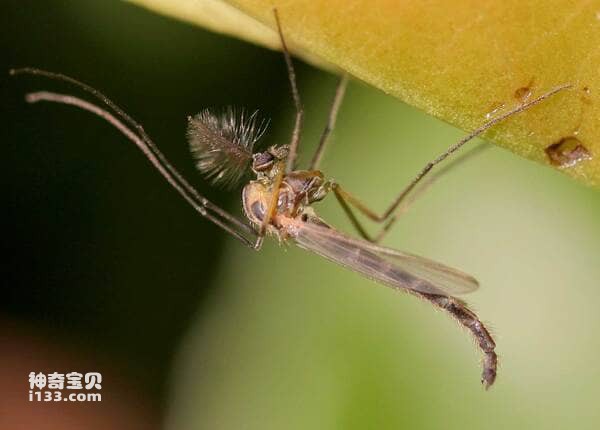
9. The insect with the fastest wings in the world (chironomids)
Chironomids are insects that beat their wings extremely fast, estimated to be about 63,000 times per minute. If the wings of a chironomid are cut off at the tips and placed in a high temperature environment of 99 degrees Fahrenheit (about 37.2 degrees Celsius), the wings can flap at a speed of about 130,000 times per minute. Chironomids belong to a group of very common and tolerant aquatic insects that are widely distributed in various water bodies. They account for more than half of the total number of benthic invertebrates, and their biomass accounts for 70% to 80% of aquatic benthic animals.
The large number of chironomids is of great significance to the ecological balance of freshwater waters and fish farming. They play a key ecological role in the water and are important in maintaining the stability of aquatic ecosystems. At the same time, chironomids also provide abundant food resources for many aquatic organisms and promote the operation of the water ecological chain.
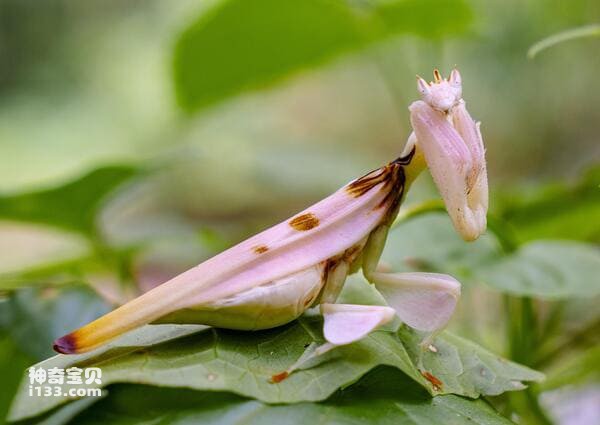
10. The most camouflaged insect in the world (orchid mantis)
The orchid mantis is an insect with perfect camouflage capabilities. They exhibit extreme sexual dimorphism, with adult females measuring approximately 6-7 cm in length, while males are only approximately 2.5 cm long. Males are significantly smaller than females, and they have different appearance characteristics than females. The walking limbs of male orchid mantises have evolved to resemble petals in structure and color. Many different types of orchids attract various orchid mantises, and these insects can adjust their body color according to the color changes of the flowers to achieve a camouflage effect.
The orchid mantis is considered one of the most striking and beautiful species of the order Mantis. The morphology and coloration of their steps evolved to resemble petals, allowing them to mimic orchids without being easily detected by prey. This camouflage strategy allows the orchid mantis to employ one of the most effective methods of ambush hunting, and is one of the most adept predators out there.
The list of the top ten insects in the world is mainly recommended based on the size, ability and other relevant information of various insects, and comprehensively refers to relevant lists on the Internet. The list is for reference only to help you understand the various top insects in the world. If you have any questions, please leave comments and criticisms at the end.
animal tags: insect
We created this article in conjunction with AI technology, then made sure it was fact-checked and edited by a Animals Top editor.